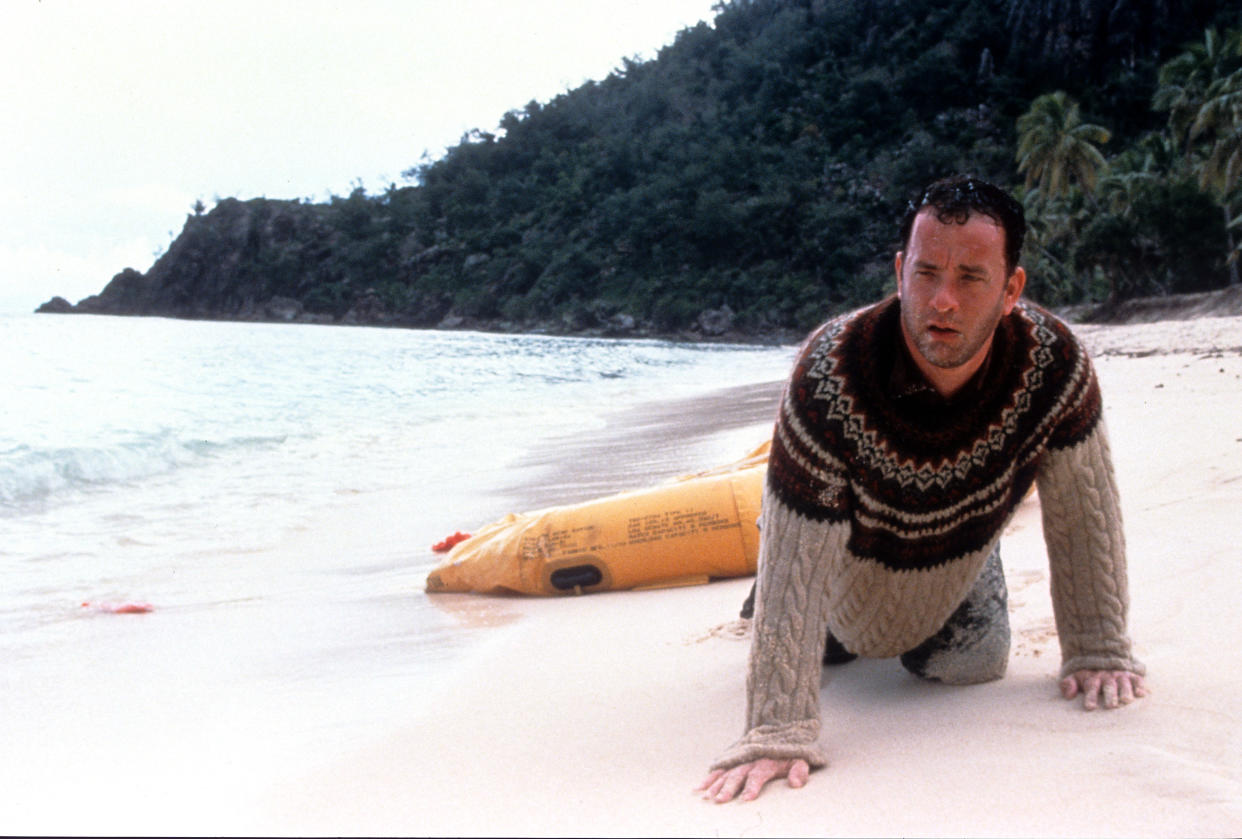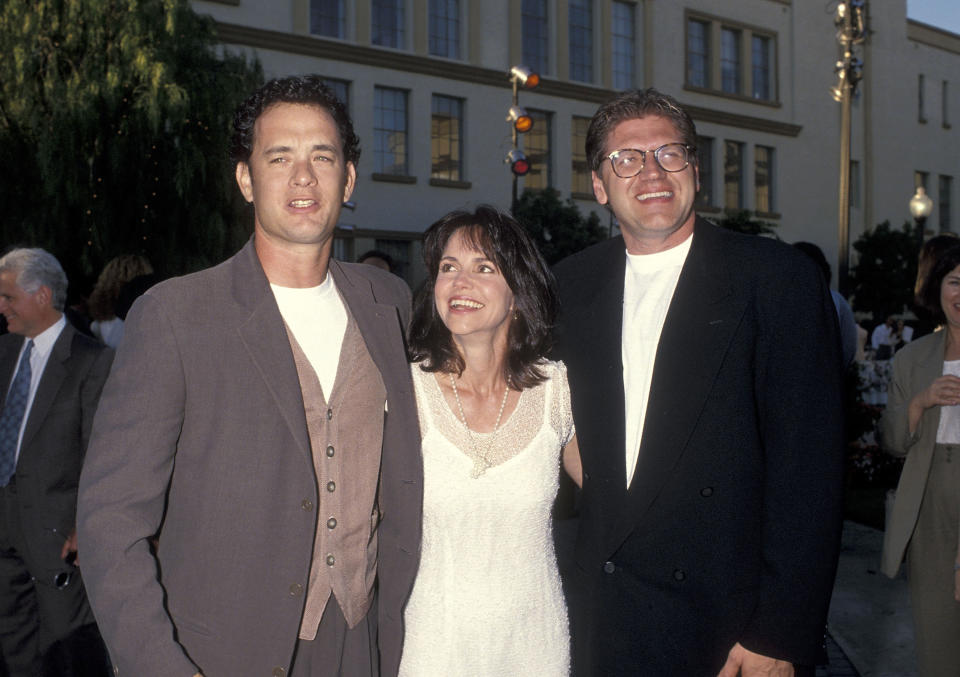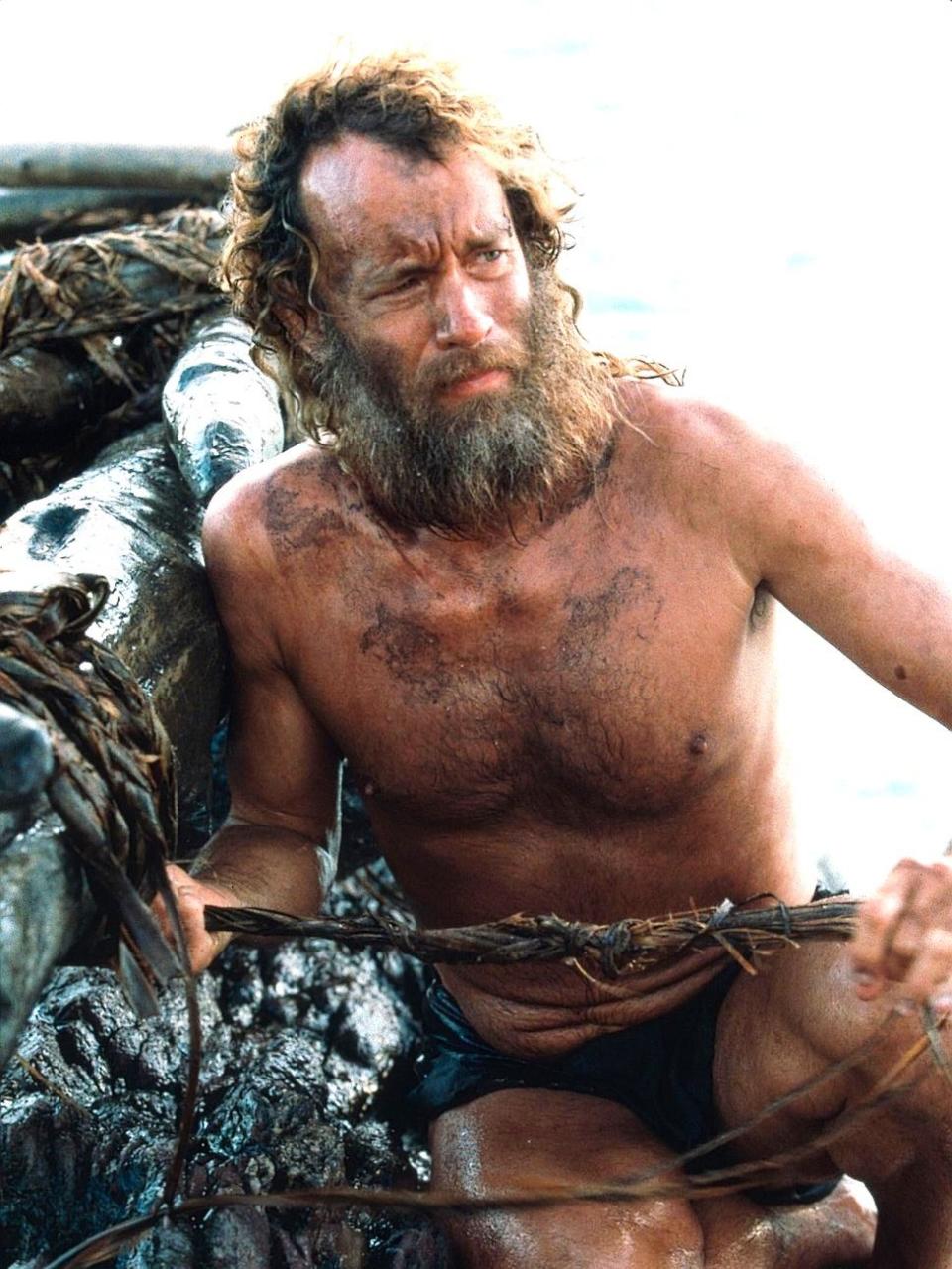'Cast Away' at 20: A taxing production with long-lasting ramifications for Tom Hanks

When you’re a director off the back of a string of hits, or one of the biggest movie stars on the planet, then it used to be generally accepted you could use that clout to try something a little different.
So it was that Forrest Gump, Back To The Future, Contact and – yes! – Death Becomes Her director Robert Zemeckis started to circle a film called Cast Away. His Gump star Tom Hanks was on board too, both as producer and leading man. Hanks, too, had conceived the original idea and set the wheels in motion.
Thus, on the surface, all this looked pretty conventional. A star wants to make a new $90m movie when his last few films had been seismic hits? Fox readily agreed to write the cheque, in partnership with DreamWorks.
But there was a fundamental difference in the approach to the movie, that meant that both studios would need to wait for its movie. Furthermore, its star would have to go through an exhaustive process, that’d lead to everything shutting up shop to accommodate it.
Read more: How we made Gladiator
No major Hollywood film since has attempted anything quite like.
Background

The story of the film, as you probably know, sees Tom Hanks in the lead role of Chuck Noland (the very character name is a gag, fact fans: C No-land). He’s a systems analyst for Federal Express – FedEx to its friends – who is on a flight to sort out a problem in Malaysia, when the plane crashes. Chuck thus finds himself stranded on a desert island, with no obvious way home, and little chance of rescue.
To go lightly spoiler-y, the film then follows Chuck as he finds himself stuck on the island for far longer than anticipated. Thus, to get that across, and the passage of time in the film, Tom Hanks opted for a drastic approach to getting the physicality of his performance right. To accommodate this, he and Zemeckis proposed a schedule that would see the first chunk of the movie shot in three separate pieces.

The initial filming – the early material in the movie – was completed first. For these scenes, Hanks would bulk up, adding 23kg (50lbs) of weight to his body. Then, once the necessary material was in the can, filming stopped for a full year. This was to allow for Hanks to shift that weight, and also to spend 12 months growing the beard that we see his character sport throughout the middle of the movie. A fine forest of facial hair, too.

Then there was a further pause in filming of four months, to get the shape of the movie’s back end in place too. In all, the physical photography of the movie was spread over a period of two years and change.
Impact
There were two indirect ramifications of such an unusual approach.
The first concerned Hanks himself. In 2013, he revealed that he had Type 2 diabetes, and thinking was immediately rife that the dramatic weight changes involved in his work had a part to play. Cast Away was one of the highest profile examples of this, but he’d also add weight for his role in A League Of Their Own, and lose pounds for his Oscar-winning turn in Philadelphia.

Looking back in the aftermath of his diagnosis, he’d admit he’d been an “idiot” where weight was concerned, and no longer takes roles that involve physical, dramatic weight fluctuations.
Film two
The other ramification of the Cast Away schedule, though, is the existence of a whole other film.
Robert Zemeckis, very much in his workaholic phase, was taken with the idea of slotting in a whole other film during the year-long wait for Tom Hanks to get back into shape. Turns out that’s exactly what he did.
Separately to Cast Away, a screenplay from Sarah Kernochan had come to the attention of Steven Spielberg. Spielberg was keen for this to be a project at his DreamWorks studio, and as such asked Zemeckis – who he’d worked with on the Back To The Future trilogy – if his old friend was interested.

Zemeckis liked what he saw, and figured the more contained production of What Lies Beneath – most of the film is shot in a house – could be achieved in his Cast Away downtime. Harrison Ford and Michelle Pfeiffer duly signed up to star in the film, and it was shot in New York and California between August and January 2000.
Zemeckis had form for juggling two films at one, of course, having shot Back To The Future Part II and Part III back to back, jetting from the edit suite of the former to the location for the latter each week. And in this case it was the film that he started shooting last that made it into cinemas first.
What Lies Beneath was released in the summer of 2000, to considerable success.
Releases

Just five months after that film debuted, Cast Away washed into cinemas. The extraordinary production, volleyball and all, was ready in time for Christmas, and would prove to be an even bigger hit.
Given that Tom Hanks is the only person on screen for the vast majority of the movie, he was understandably at the heart of the film’s acclaim, picking up a further Oscar nomination for his work, albeit losing the Best Actor gong this time to Russell Crowe for Gladiator. It was Hanks’ fifth nomination, and he’d have to wait until this year’s A Beautiful Day In The Neighborhood for his sixth.
Read more: Actors who refuse to watch their own movies
20 years on, the sheer logistics of making two live action movies at once have dissuaded many people from tackling the idea since. It’s occasionally seen that a director will take on an animated film alongside a live action project – George Miller and Tim Burton, for instance – but even then, few are tempted to take the plunge.
Which makes Cast Away – and to a slightly lesser extent What Lies Beneath – something of a standout.
Both, as a consequence, get to enjoy their 20th birthday party this year.
Cast Away is streaming on NOW TV.

 Yahoo Movies
Yahoo Movies 
